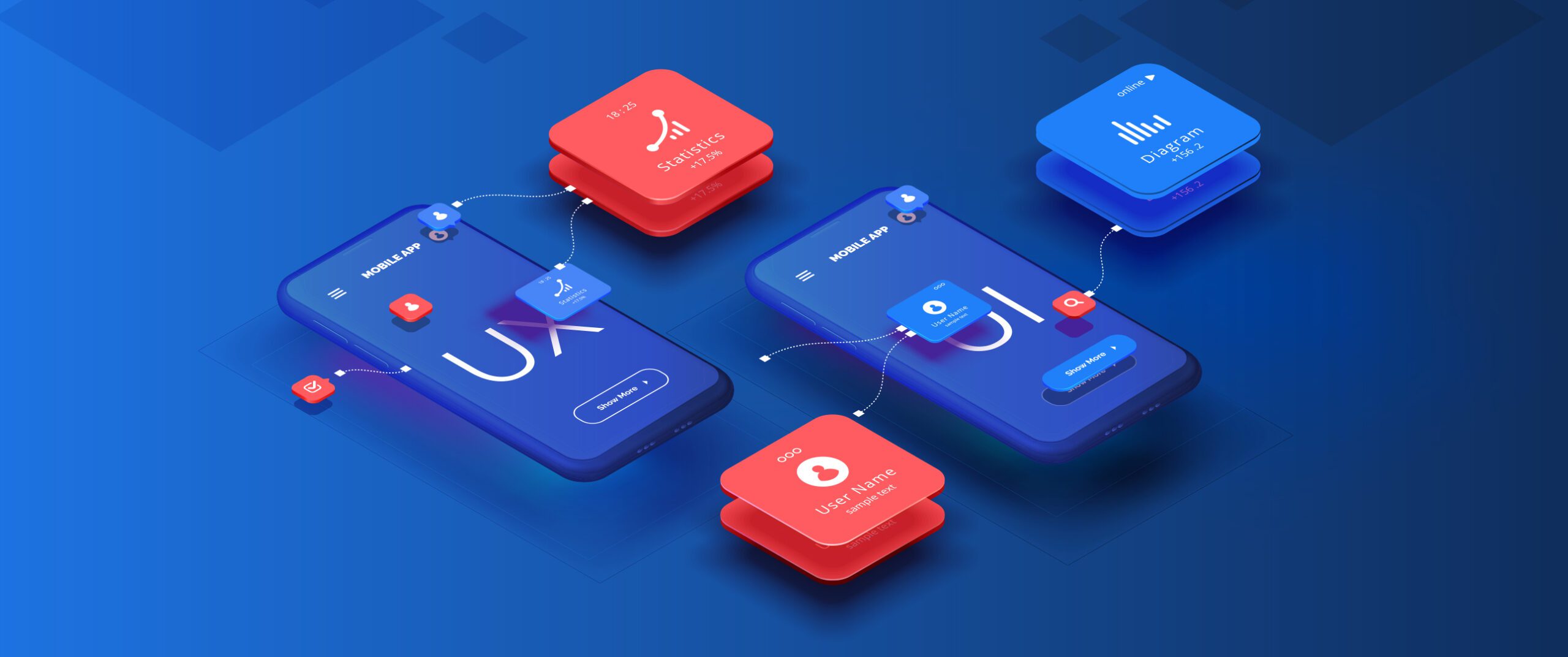UX/UI Designer
Information Technology

Jobs Description
Job Overview: UX/UI Designer
A UX/UI Designer is responsible for creating and enhancing user experiences and interfaces for digital products such as websites, mobile apps, and software applications. They focus on understanding user needs, designing intuitive interfaces, and ensuring a seamless and engaging user experience. UX/UI Designers combine skills in user research, design principles, and usability to create visually appealing and functional digital solutions.
Key Responsibilities:
-
User Research: Conduct research to understand user needs, behaviors, and pain points. Use methods such as interviews, surveys, usability testing, and user feedback to gather insights that inform design decisions.
-
Wireframing and Prototyping: Create wireframes, mockups, and interactive prototypes to visualize design concepts and user flows. Develop low-fidelity and high-fidelity prototypes to test and iterate on design ideas.
-
UI Design: Design visually appealing and user-friendly interfaces for digital products. Focus on layout, typography, color schemes, iconography, and other visual elements to create an aesthetically pleasing experience.
-
UX Design: Develop user-centric design solutions that enhance usability and improve the overall user experience. Optimize user flows, navigation, and interactions to ensure a smooth and intuitive journey.
-
Usability Testing: Plan and conduct usability tests to evaluate the effectiveness of design solutions. Analyze test results, identify issues, and make data-driven design improvements based on user feedback.
-
Collaboration: Work closely with product managers, developers, and other stakeholders to ensure that design solutions meet project requirements and align with business goals. Communicate design concepts and rationale effectively.
-
Design Systems: Create and maintain design systems and style guides to ensure consistency across digital products. Establish design standards and guidelines for components, patterns, and interactions.
-
Responsive Design: Design interfaces that are responsive and optimized for various devices and screen sizes. Ensure that designs work seamlessly across desktop, mobile, and tablet platforms.
-
Visual Design: Apply principles of visual design to enhance the overall look and feel of digital products. Ensure that visual elements are aligned with brand guidelines and contribute to a cohesive user experience.
-
Feedback Incorporation: Gather and incorporate feedback from users, stakeholders, and team members throughout the design process. Iterate on designs based on feedback and project requirements.
-
Documentation: Document design processes, decisions, and specifications. Provide clear design assets and guidelines for developers to implement designs accurately.
-
Stay Updated: Keep up-to-date with the latest design trends, tools, and best practices. Continuously learn and adapt to new design methodologies and technologies.
Skills & Qualifications:
- Bachelor’s degree in Graphic Design, Interaction Design, Human-Computer Interaction, or a related field
- Proven experience as a UX/UI Designer or similar role
- Strong portfolio showcasing design projects and process
- Proficiency in design tools such as Adobe Creative Suite (Photoshop, Illustrator), Sketch, Figma, or similar
- Experience with prototyping tools like InVision, Axure, or Marvel
- Solid understanding of UX principles, usability, and human-centered design
- Knowledge of responsive and adaptive design techniques
- Familiarity with front-end development languages (HTML, CSS, JavaScript) is a plus
- Strong problem-solving and analytical skills
- Excellent communication and collaboration abilities
- Ability to work on multiple projects simultaneously and meet deadlines
Career Path: UX/UI Designers can advance to senior roles such as Senior UX/UI Designer, UX/UI Lead, or UX/UI Director. They may also specialize in areas like UX research, interaction design, or product design. With experience, career opportunities include positions such as Head of Design, Chief Design Officer (CDO), or UX Consultant. Continuous learning, expanding skills in related areas, and obtaining relevant certifications can support career growth and open doors to leadership roles in design and user experience.
Subscribe to Our Newsletter!

